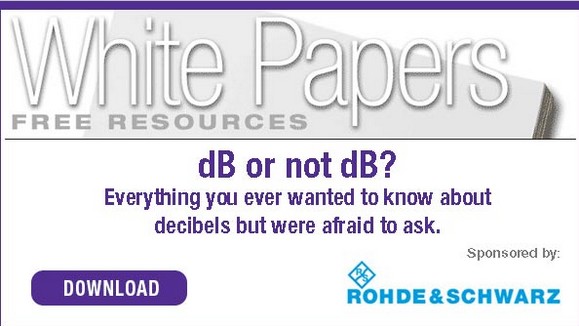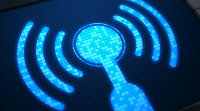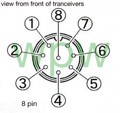
 There's a lot on this page, take some time
looking around !!
There's a lot on this page, take some time
looking around !!
If you have something interesting, let the webmaster
know !!
|
|
|
|
|
|
|
Part 97 - Rules of the Amateur Radio Service
|
|
Dipoles are easy
simple and
cheap to install, almost invisible and work good. They should be installed as
high as possible - in the clear -- away from metal parts of your house, and
away from power
lines. |
COAX LOSS
link to Loss calculator Quick thoughts: the longer the coax the more power you lose, the LOSS also effects how much of the received signal you lose. The higher the frequency, the more you lose. Bigger diameter coax usually has less loss. Knowing the impedance of your antenna and the coax is important. A dipole is actually close to 75 Ohms. SO, you can use cheap RG-59 or RG-6 TV cable since its also 75 Ohms. I (k0ip) used 75 ohm coax (RG-11) for years on dipoles, it works just fine. the biggest problem using cheap TV coax is --- its not copper and hard to solder to. Its best to make a good crimp with a F connector and get an F to PL-259 adapter. you can save a bunch ($$) by thinking outside the box !! BUT its not nearly user friendly as copper coax.. Another coax loss page, http://www.w4rp.com/ref/coax.html WHAT THE HECK
what kind of coax is this ? |
|
signal loss calculator, if you know your loss in dB ,, just
punch it in and get a result, designed for laser LIGHT , but dB's are dB's https://lasercalculator.com/gain-loss-calculator/ |
|
 THIS IS A PDF. |
|
| Vertical antennas need a GOOD ground system, radials , etc Vertical Calculator Calculations depend on the diameter of the conductor / pipe
|
SWR Chart . CHART |
|
Do it all Antenna Calculator , Beams,
Dipoles, Verticals
|
Contest help.
|
| Here's Three pages of information about Diode,
Transistor , and three Pin Voltage Regulators, stolen from a Russian Web. Someone did a great job, of course its not 100% , there are "billions" of transistor numbers out there, but this might be a good place to start your search if you need info.. Transistors Diodes Three Pin Regulators
|
 heres a list of various Frequencies used by many different radio services. it covers LF to microwave, Cell phones, to Aircraft on HF, GRMS Family Radio, GPS , Boats, and lots of other stuff, check it out, note tabs at the bottom for different services KōIP's Frequency Book |
microphone connections, check this out
 for the pin out of your radio .. want to connect a TNC , ETC, this is it. http://homepage.ntlworld.com/rg4wpw/date.html#others |
A Great amount of useful
information about how to do just about anything |
|
|
|
| Looking for a simple Shortwave
Receiver, here's some tips see this link
|
6 meter Halo , etc, antenna designs Links for three different antennas that will get you on 6 meters with style !!! Link one copper Link two aluminum Link three this & that |
|
Hf radio from
kglassarrl
|
for you deep thinkers,
this is a in-depth handbook about Impedances This is a 152 page book, if you can understand even a little bit of it, your ready for a PhD... Keysight's impedance measurement instruments have been in the industry for over 40 years. Optimized for your frequency range, measurement parameters, accuracy, and your device or material, we offer LCR meters, Impedance Analyzers .. For most hams the current 'crop' of test equipment is priced out of reach. However Keysight in the olden days was called HP Hewlett Packard.. They did and do make some of the best test equipment in the world, and lots of the old stuff will do the job in style ! Link to the Impedance Measuring Handbook |
|
|
QSL CARDS Guidelines First, if at all possible to have your card printed on a 3 1/2"x 5 1/2" post card card stock, not a piece of paper, something like postcard thickness. To make mine, I use both 67 and 110 LB Bond. minimum
information needed :
Confusion:
Here is a copy of my present card, I make my own on my old trusty HP4
laser printer, sometimes not an easy task, and I am not sure its
cheaper than buying pre-printed
you will notice I did away with the Pse and Tnx confusion , the
RST is preprinted since |